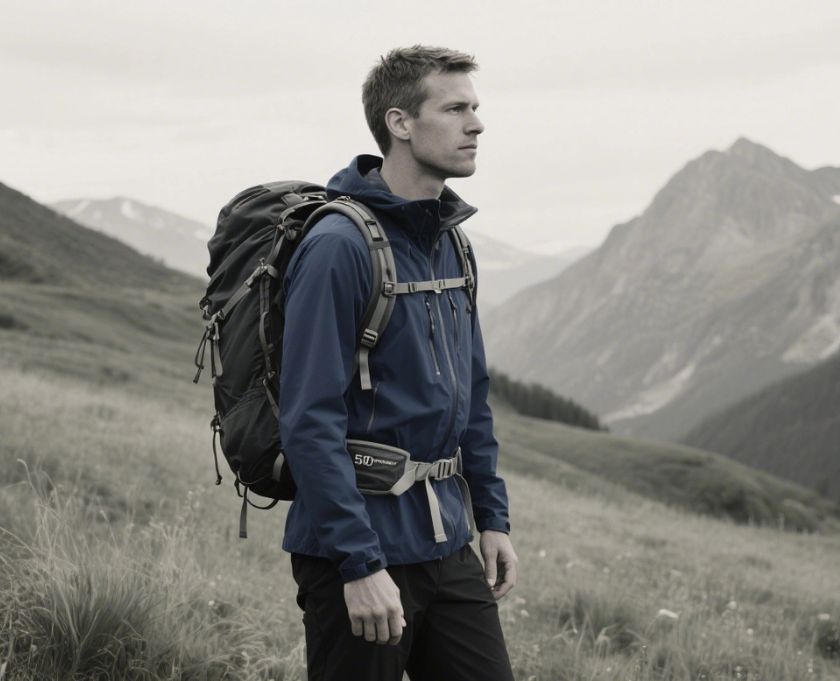Beautiful Plants For Your Interior

A hiking backpack is more than just gear—it’s your lifeline on the trail. But choosing the wrong size can lead to discomfort, poor weight distribution, or even injuries. That’s why it’s critical to select a hiking backpack that fits your height and body type.
Why Backpack Fit Matters for Hikers
A well-fitted backpack distributes weight evenly, reduces strain on shoulders, and keeps you balanced on rough terrain. Poor fit, on the other hand, often results in sore muscles, back pain, and fatigue.
Understanding Backpack Sizing Basics
Torso Length vs. Backpack Size
Backpacks aren’t sized by height alone—they’re sized by torso length. A person who is 5’2” could have the same torso length as someone who is 5’10”.
Hip Belt and Shoulder Strap Fit
The hip belt should rest comfortably on your hip bones, carrying about 70–80% of the load. Shoulder straps should hug but not dig into your body.
How to Measure Your Torso and Waist Correctly
Tools You’ll Need
A soft measuring tape and a friend to help.
Step-by-Step Measurement Guide
- Tilt your head forward; find the bony bump at the base of your neck (C7 vertebra).
- Place your hands on your hips; find the top of your hip bones (iliac crest).
- Measure from C7 down to the iliac crest — this is your torso length.
- Measure around your waist at the iliac crest — this is your waist/hip size.
Choosing a Backpack Based on Height
Best Packs for Short Hikers
Look for short torso models (38–45 cm). Women-specific backpacks often fit better.
Best Packs for Tall Hikers
Choose packs with long torso adjustments (50–60 cm). Many brands offer extended sizes.
Choosing a Backpack Based on Body Type
Slim Builds
Opt for packs with narrower shoulder straps and smaller hip belts.
Broad Shoulders
Look for wider straps and adjustable sternum straps to prevent rubbing.
Larger Body Frames
Choose packs with extra-padded hip belts and wide load-bearing straps.
Backpack Capacity and Load Considerations
- Daypacks (15–30L): Best for short hikes and city treks.
- Multi-Day Packs (40–70L): Perfect for 2–5 day trips.
- Expedition Packs (70L+): For long journeys and carrying heavy gear.
Gender-Specific Backpacks
- Women’s Fit: Shorter torso length, contoured hip belts, and narrower straps.
- Unisex vs. Men’s Models: Men’s packs are often broader and longer in design.
Adjustable Features to Look For
- Adjustable Torso Length: Allows you to fine-tune fit.
- Load-Lifting Straps: Prevent the bag from pulling backward.
- Sternum Straps: Keep shoulder straps in place.
Common Mistakes When Choosing a Hiking Backpack
- Buying based only on volume instead of fit.
- Ignoring hip belt comfort.
- Choosing style over functionality.
Pro Tips for Backpack Fitting and Comfort
- Try Before You Buy: Load the pack with 8–10 kg to simulate real use.
- Use Weights During Testing: Never test with an empty pack.
- Adjust While Hiking: Make small strap adjustments as terrain changes.
FAQs
1. How do I know if my hiking backpack fits correctly?
The hip belt should sit on your hips, and the shoulder straps should follow your back’s contour without gaps.
2. What if my torso length is between two sizes?
Go with the smaller size for better control, but ensure adjustability.
3. Can I use a men’s backpack if I’m a woman?
Yes, but women-specific packs may feel more comfortable.
4. Should I choose a bigger backpack “just in case”?
Not recommended — extra space encourages overpacking.
5. How much weight should I carry?
A general rule: no more than 20–25% of your body weight.
Conclusion
Choosing the right hiking backpack for your height and body type ensures comfort, efficiency, and safety on every adventure. By measuring properly, considering torso length, and testing the fit, you’ll find the perfect pack for your hiking style.